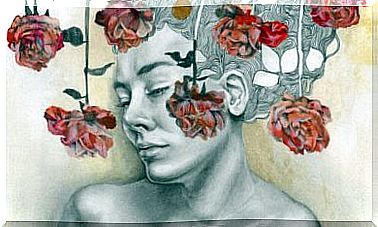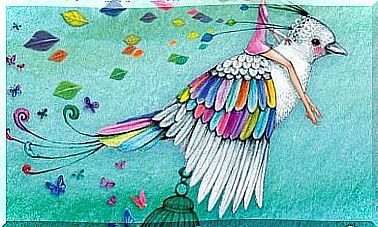The Difference Between Stereotypes And Bias
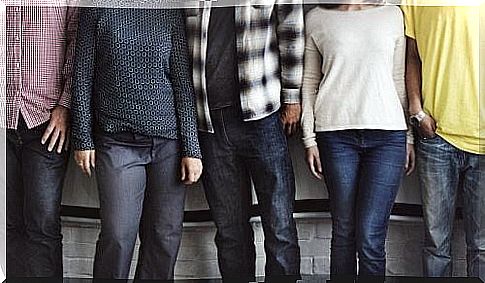
Before talking about the differences, let’s start by defining these two words. Stereotypes are the beliefs we have about the characteristics of a group. The word bias refers to negative assessments of those groups. The first term has more to do with the cognitive part of the brain.
The latter is more connected to the emotional part. Stereotypes arise from general knowledge about a group. Bias or prejudices arise when we attribute those general characteristics to each member of that group. When we are biased, we draw conclusions that facilitate the acceptance or rejection of that group.
Stereotypes reduce the consumption of our mental energy. This is because forming groups and attributing similar characteristics to groups makes it easier for us to ‘know’ and ‘understand’ these people.
What we need to remember is that stereotypes are generalizations. They refer to broad features that in no way represent a complete picture of that group or of an individual.
An example of a stereotype might be the belief that all southerners are funny. For example, we can also believe that all people in the north are more liberal or that all people in Groningen speak with an accent. The problem is when we think that stereotypes are always true.
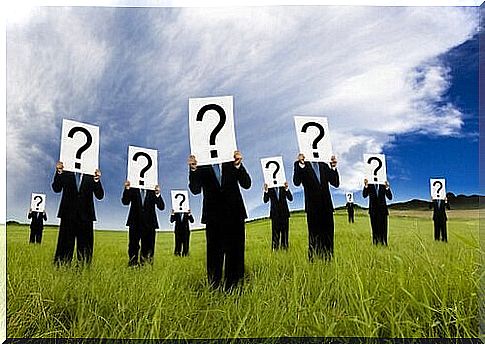
Stereotypes vs. Bias
On the other hand, bias speaks to us and is part of a negative attitude. Just as we said that having stereotypes is a normal and social reaction, bias has a negative connotation.
Let’s continue with the earlier example of believing that all people in Groningen have an accent. The negative prejudice here would be that they are not well educated in the Dutch language.
This idea starts with a stereotype. In our brains we then apply the stereotype to a group and give it a negative connotation. That creates a prejudice about that group. If we take this process one step further, we have discrimination. Discrimination contains both the stereotype and the prejudice.
What role do stereotypes play?
Social psychologists have studied stereotypes. They examined how they arise and examined the differences that exist between bias and discrimination. These are the cognitive functions that stereotypes perform:
- Systematize and simplify reality. We create large groups that we can categorize and classify. This allows us to simplify the world in a spiritual way. So the world becomes more predictable and easier to understand.
- Defending people’s values. Groups allow us to ascribe broad characteristics. When we do this, it becomes easier to “understand” and compare ourselves to them.
- Maintain social control. It is easier to control a group than to control many individuals.
Is it possible to limit stereotypes and bias?
So we need to recognize that stereotypes act as a cognitive function. They facilitate grouping and social understanding. If we see this, we can take advantage of it. However, what happens when stereotypes limit us?
Well, this happens when they stop us from discovering that these projections about people aren’t always true. If we stop and observe groups and individuals more closely, we will find many differences.
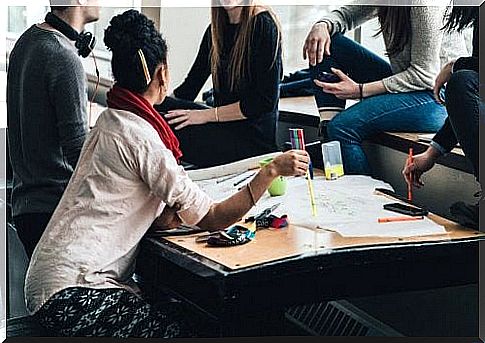
Stereotypes are not there to limit us. Rather, we need to limit them and handle them with care. They help us organize our brains. However, they are not always correct. As we have seen, stereotypes are the starting point of bias. So if we can limit stereotypes, we can also limit any prejudice.
It is possible to change a stereotype or prejudice. However, this is only possible if we approach the group and try to observe it without applying filters or confirming previous ideas. Rather, we should try to test those ideas.
So what can we devote our efforts to? We need to focus our attention on ideas and situations that counterbalance what we previously thought about that group.

